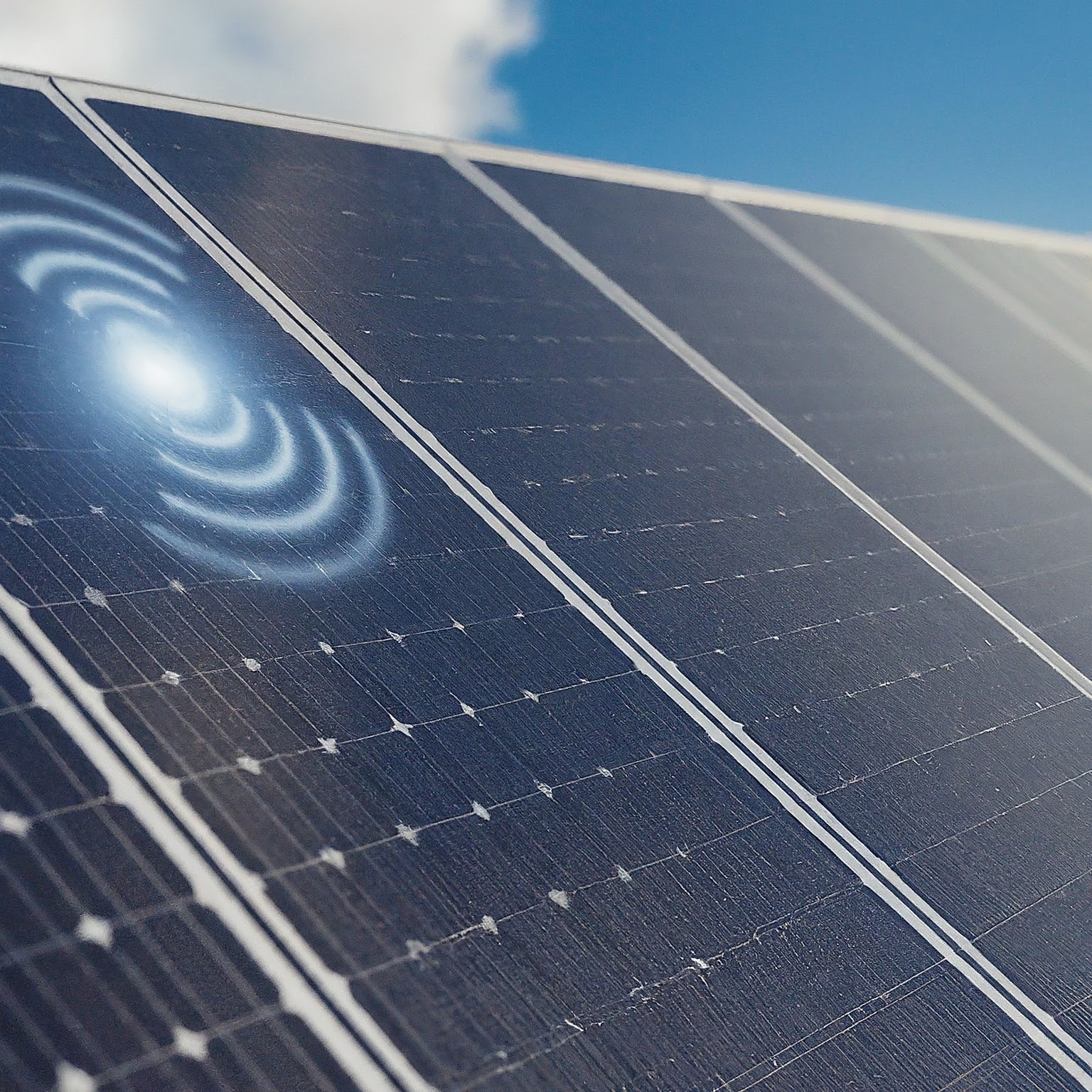For homeowners embracing solar energy, maximizing efficiency and monitoring system performance is crucial. This is where pvWifi emerges as a valuable tool. This comprehensive guide delves into the world of pvWifi, exploring its purpose, functionality, compatibility considerations, and potential alternatives for solar system monitoring.

Unveiling the Mystery: What is pvWifi?
pvWifi isn’t a single product; rather, it’s a communication protocol specifically designed for photovoltaic (PV) systems, commonly known as solar panels. Here’s a breakdown of its key role:
Facilitating Wireless Communication: pvWifi enables a wireless connection between your solar panels and a monitoring device, typically a meter or inverter. This eliminates the need for physical cables, simplifying installation and data transmission.
Streamlining Data Flow: By establishing a wireless connection, pvWifi allows real-time or near real-time data transmission from your solar panels to the monitoring device. This data can include:
Energy production
System efficiency
Potential faults or malfunctions
Benefits of Utilizing pvWifi in Solar Systems
Integrating pvWifi into your solar system offers several advantages:
Simplified Installation: Eliminating the need for data cables between panels and the monitoring device streamlines the installation process, potentially saving time and labor costs.
Improved Accessibility: Wireless data transmission allows for easier placement of the monitoring device, offering more flexibility in system design.
Enhanced Monitoring: Real-time or near real-time data allows for closer monitoring of your solar system’s performance. You can identify potential issues promptly and take corrective actions to optimize energy production.
Remote Access: With the data transmitted wirelessly, you can potentially access your system’s monitoring data remotely through a smartphone app or web interface, providing greater convenience.
Compatibility Considerations with pvWifi
While pvWifi offers advantages, compatibility is a crucial factor to consider:
Device Compatibility: pvWifi won’t work with all solar panel brands or monitoring devices. Ensure your inverter, meter, and other components are compatible with the pvWifi protocol before integrating it into your system.
Existing System Configuration: If you have an existing solar system with a wired monitoring setup, adding pvWifi might not be necessary or cost-effective. Evaluate your current system and determine if the benefits outweigh the potential costs of adding a new protocol.
Alternatives to pvWifi for Solar System Monitoring
Several alternative solutions exist for monitoring your solar system’s performance:
Wired Communication: The traditional approach utilizes data cables to connect your solar panels to the monitoring device. While less convenient than pvWifi, it offers reliable data transmission and is universally compatible with all systems.
Cellular Connectivity: Some monitoring devices offer cellular connectivity, allowing them to transmit data to a central server or mobile app without relying on Wi-Fi or a local network. This option provides remote monitoring capabilities even without pvWifi.
Cloud-Based Monitoring Systems: Many solar panel manufacturers or third-party providers offer cloud-based monitoring systems. These systems often collect data directly from your inverter or meter (wired or wirelessly) and present it through a user-friendly interface accessible through a web browser or app.
Choosing the Right Monitoring Solution for Your Solar System
The best monitoring solution depends on your specific needs and system configuration:
New Solar System Installation: If you’re planning a new solar system installation, discuss pvWifi compatibility with your installer. They can assess your needs and recommend the most suitable monitoring solution, considering factors like budget and desired level of remote access.
Existing Solar System: If you have an existing system with wired monitoring, consider the advantages of pvWifi and weigh them against the cost of upgrading components. Cellular connectivity or a cloud-based monitoring system might also be viable options depending on your preferences.
Conclusion: Optimizing Solar Performance with the Right Tools
Understanding pvWifi empowers you to make informed decisions regarding your solar system’s monitoring setup. By considering compatibility, available alternatives, and your specific needs, you can choose the most effective solution to optimize your solar energy production and ensure your system operates efficiently. Remember, consistent monitoring allows you to maximize the benefits of your solar investment and contribute to a more sustainable future.


